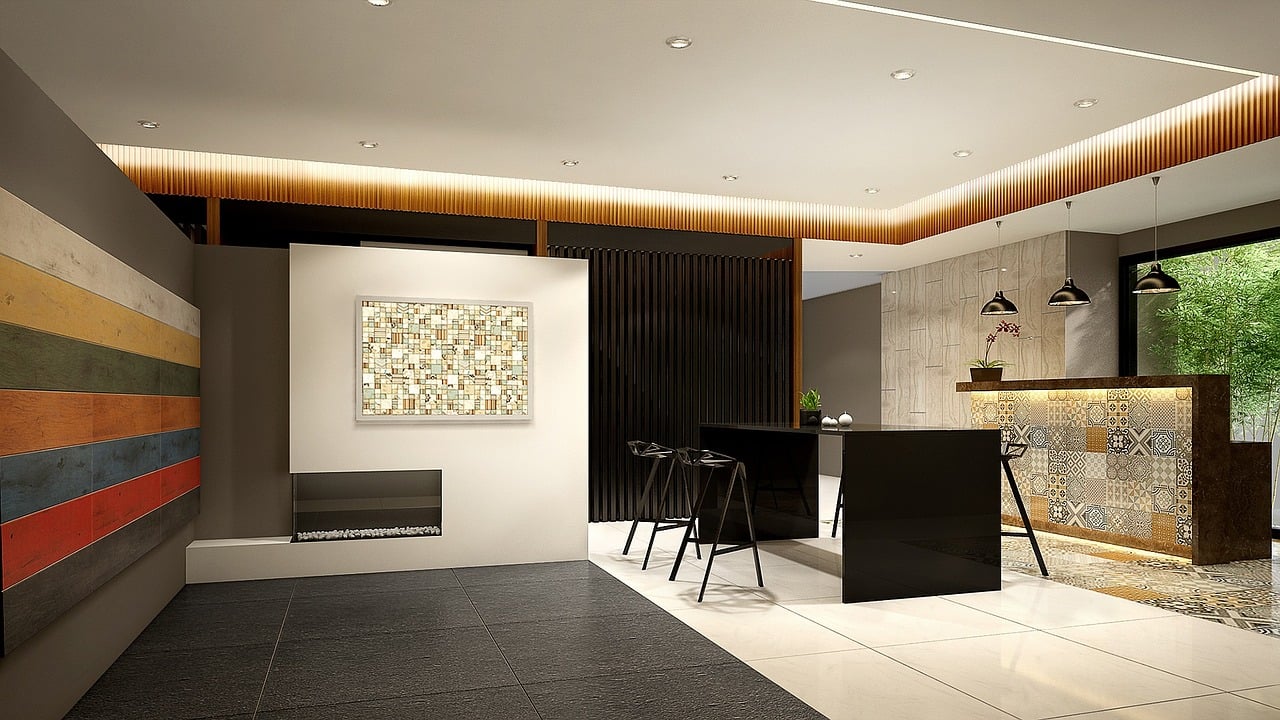
Natural Elements in Minimalist Design: Bringing the Outdoors In
Minimalist design, with a focus on simplicity and functionality, is inherently calming. But when combined with natural elements, it evolves into a style that feels warm, inviting, and harmonious with the world outside. Incorporating nature into minimalist interiors bridges the gap between the indoors and outdoors, creating spaces that are both serene and vibrant. Here’s how to embrace natural elements in your minimalist design.
1. Use Natural Materials
Natural materials like wood, stone, and bamboo are foundational to merging minimalism with nature. They introduce organic textures that complement the clean lines and neutral tones of minimalist interiors. Consider these ideas:
Wood: Opt for furniture or flooring in natural finishes to add warmth and character.
Stone: Incorporate stone countertops, backsplashes, or accent pieces for a rugged yet refined touch.
Bamboo: Use bamboo for sustainable furniture or decorative elements to add a touch of eco-friendliness.
2. Integrate Indoor Plants
Houseplants are one of the simplest ways to bring nature indoors. They purify the air, add vibrant pops of green, and create a sense of life in minimalist spaces. Some great options include:
Fiddle Leaf Fig: For a statement piece.
Snake Plant: Low-maintenance and sleek.
Succulents: Ideal for small spaces and subtle accents.
Hanging Plants: Add vertical interest without cluttering surfaces.
3. Maximize Natural Light
Natural light is a crucial element of minimalist design and an essential link to the outdoors. Maximize it by:
“Using sheer curtains or no window coverings at all.” [1]
Placing mirrors strategically to reflect light and make spaces feel larger.
Designing open layouts that allow light to flow freely.
Natural light not only brightens interiors but also highlights the natural materials and textures in the space.
4. Incorporate Earthy Color Palettes
Neutral and earthy tones echo the colours of the natural world, enhancing the connection between your interior and the outdoors. Choose shades like:
- Soft greens
- Sandy beiges
- Warm browns
- Cool grays
These colours create a soothing backdrop while allowing other natural elements to stand out.
5. Use Natural Textiles
Textiles made from natural fibres add texture and warmth to minimalist spaces. Consider:
Linen or Cotton: For curtains, cushions, and bedding.
Jute or Sisal Rugs: Perfect for adding texture underfoot.
Wool Throws: Combine comfort and a natural aesthetic.
These materials are not only visually appealing but also sustainable, aligning with eco-conscious minimalist principles.
6. Incorporate Water Elements
Water symbolizes tranquillity and balance, making it an excellent addition to minimalist design. While not every home can accommodate a fountain or indoor pond, there are subtle ways to introduce water elements:
A tabletop water feature.
A small fish tank with clean, minimalist lines.
Decorative bowls filled with water and floating candles or petals.
7. Blur the Indoor-Outdoor Boundary
One of the most effective ways to incorporate natural elements is to create a seamless connection between indoor and outdoor spaces. Achieve this by:
Installing large windows or glass doors that open to outdoor patios or gardens.
Using the same flooring materials indoors and outdoors for continuity.
Placing plants and natural decor near windows to draw the eye outdoors.
8. Highlight Natural Shapes
Minimalist design often emphasizes clean lines and geometric shapes, but natural forms can provide a striking contrast. Look for:
Furniture or decor with organic, flowing shapes.
Uneven stone tiles or live-edge wood furniture.
Handcrafted ceramics with irregular finishes.
These elements maintain the minimalist aesthetic while adding depth and uniqueness.
9. Decorate with Nature-Inspired Art
Art inspired by the natural world can reinforce the theme without adding physical clutter. Consider:
- Landscape photography or paintings.
- Pressed flowers or botanical prints.
- Abstract art in earthy colours and textures.
Choose pieces that resonate with your connection to nature.
10. Keep It Sustainable
Minimalism and sustainability go hand in hand. When incorporating natural elements, prioritize eco-friendly and ethically sourced materials. Support local artisans and choose decor that has a lower environmental impact to create a space that’s both beautiful and responsible.
Conclusion
Bringing natural elements into minimalist design combines the best of both worlds: the clean, calming aesthetic of minimalism and the grounding, vibrant energy of nature. By thoughtfully integrating materials, light, plants, and textures, you can create a home that’s both a refuge from the chaos of modern life and a celebration of the natural world. Embrace the art of simplicity and let the outdoors inspire your minimalist haven.
References:
[1] low-ceilings-look-higher25 Tricks and Ideas to Make Your Low Ceiling Look Higher
You may also read Indications of Rotten Wood and How to Prevent It by visiting https://ontariodeltaconstruction.ca/wood-rot-prevention
